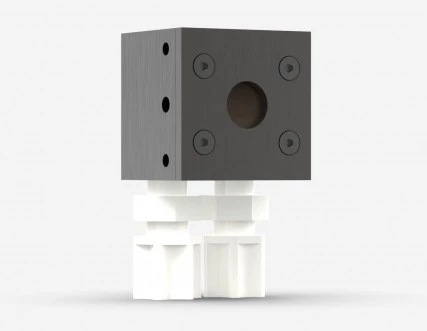Description
The Gentec-EO UP series of laser power detectors include seven families (XLP12, UP12, UP10, UP17, UP19, UP25, UP55) of opto-thermal sensors with different cooling options (stand alone, heat sink, fan and water), with or without amplification.
The high power surface absorber sensors are designed for use at high average power densities. The Gentec-EO UP series of laser power detectors include seven families (XLP12, UP12, UP10, UP17, UP19, UP25, UP55) of opto-thermal sensors with different cooling options (stand alone, heat sink, fan and water), with or without amplification. The high power surface absorber sensors are designed for use at high average power densities.
Gentec-EO Thermal Detector UP12E-70W-H5-D0
Specifications
| Max Average Power: | 70 W |
|---|---|
| Effective Aperture: | 12 mm |
| Spectral Range: | 0.19 – 20 um |
| Cooling Method: | Water, Heatsink |
| Maximum Average Power (1 Minute): | 110 W |
| Noise Equivalent Power: | 1 mW |
| Typical Rise Time: | 0.3 sec |
| Typical Power Sensitivity: | 0.53 mV/W |
| Power Calibration Uncertainty: | ±2.5 % |
| Repeatability: | ±0.5 % |
| Typical Energy Sensitivity: | 0.84 mV/J |
| Maximum Measurable Energy: | 5 J |
| Noise Equivalent Energy: | 0.02 J |
| Minimum Repetition Period: | 1.5 s |
| Maximum Pulse Width: | 50 ms |
| Energy Calibration Uncertainty: | ±5 % |
| Maximum Average Power Density: | 36 kW/cm² |
| Maximum Energy Density: | 1 J/cm² |
| Peak Power Density: | 143 MW/cm² |
| Absorber: | H5 |
| Dimensions: | 68.5H x 38W x 34D mm |
| Weight: | 0.19 kg |
Features
- Designed for laser power measurement up to 70 W.
- Modular concept with 3 different cooling modules to enhance power capability.
- High performance with fast rise time (0.3 sec) and high damage threshold (36 kW/cm²).
- Compact design, only 14 mm thick (10S model).
- Energy mode capable of measuring single shot energy up to 5 J.
- Smart interface containing all the calibration data.
- Compatible with various stands and displays, including MAESTRO, TUNER, UNO, and several PC interfaces like S-LINK and P-LINK.
- Broad spectral range from 0.19 - 20 μm.
- High power sensitivity of 0.53 mV/W with a power calibration uncertainty of ±2.5%.
- Can handle maximum average power of 70 W continuously and 110 W for 1 minute with noise equivalent power at 1 mW.
Applications
- Laser System Calibration: Ideal for calibrating and testing laser systems in manufacturing or research labs, ensuring their output is within desired parameters.
- Medical Equipment Maintenance: Used in the maintenance and calibration of medical laser equipment, such as those used in surgery or dermatology, to ensure safe and effective operation.
- Industrial Processing: Suitable for monitoring and controlling laser power in industrial applications like cutting, welding, and engraving, ensuring consistent quality and process efficiency.
- Scientific Research: Supports experiments and research in physics and optics, where precise measurements of laser power are critical.
- Quality Assurance: Utilized in quality assurance processes for products and components that involve laser technology, ensuring compliance with required standards.
Frequently Asked Questions
What are the key features of the Gentec-EO Thermal Detector UP12E-70W-H5-D0?
What is the energy calibration uncertainty of the Gentec-EO Thermal Detector UP12E-70W-H5-D0?
What is the Detector UP12E-70W-H5-D0 laser power meter?
What is the maximum average power that the UP12E-70W-H5-D0 laser power detector can measure?
What is the typical rise time of the UP12E-70W-H5-D0 laser power sensor?
Similar Products
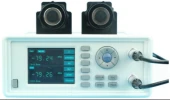

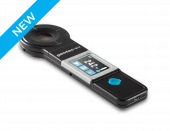
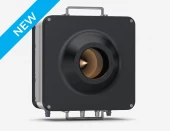
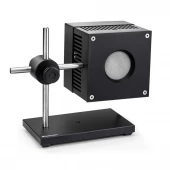
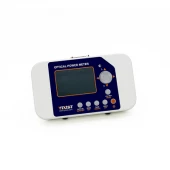
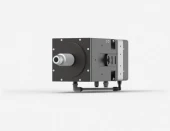
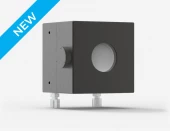
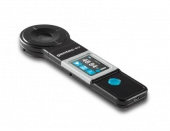
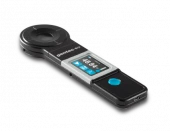
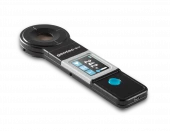
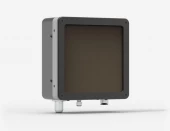
Your inquiry has been received.
Create an account by adding a password
Why create an account?
- Auto-complete inquiry forms
- View and manage all your past messages
- Save products to your favorites
- Close your account anytime — no hassle
